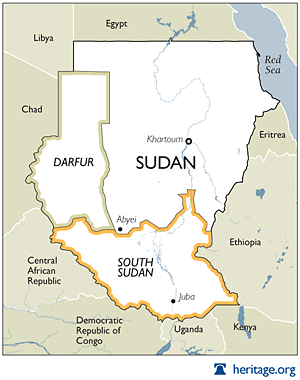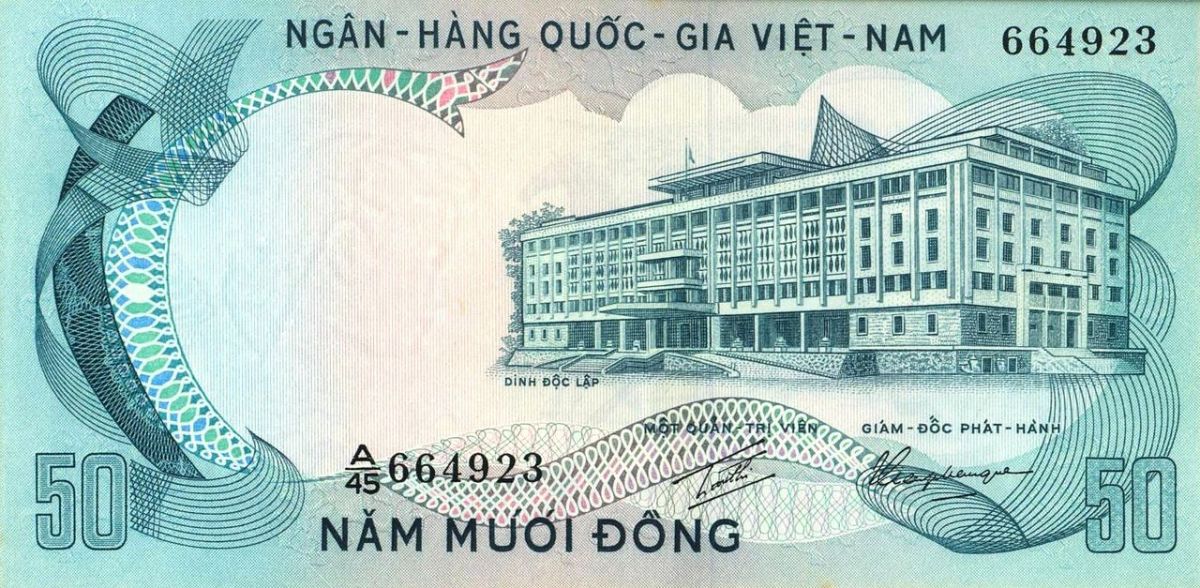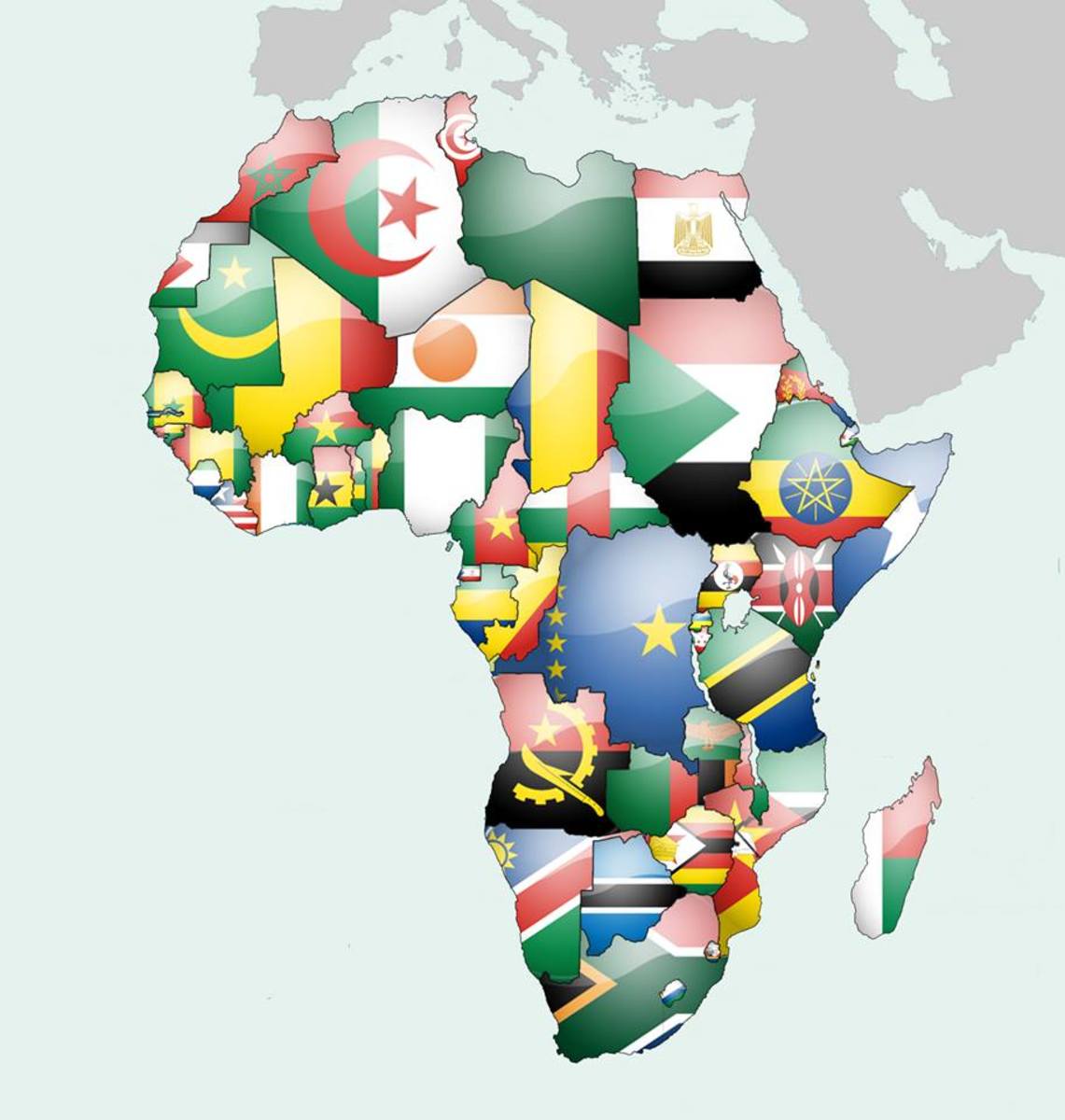South Sudan and the Problems of Nation Building

South Sudan and the Quest for Stability
One of the most important factors affecting the nascent nation of South Sudan is the presence of oil, which provides almost 100% of the government’s revenue. This oil continues to be one of the major relationships binding South Sudan with Sudan. South Sudan’s energy industry, therefore, is inextricably tied to both its domestic and foreign policy. This blog looks at the negative economic and social effects of South Sudan’s independence, postulating that these conditions make South Sudan and Sudan so dependent on each other that any interruption in the region’s political and economic equilibrium can have potentially devastating effects.
Background
South Sudan is one of the world’s youngest nations, formed as a result of a referendum held in January 2011. The result of this referendum was a vote of 98% in favor of secession from the state of Sudan. Since fully gaining its independence in July 2011, South Sudan has struggled with many national and transnational issues, including territory disputes with Sudan, the control of rebel militia groups, and nation building. The region has hosted one of the world’s most protracted civil wars, which has led to well over two million deaths.[1] Most of the casualties resulted from the combined effects of drought and famine, leading to a severe depletion of the Sudanese workforce. In addition, millions of Sudanese have been displaced, triggering one of the largest and most complex refugee movements in the world.
The main belligerents of both the First and Second Sudanese War were the central Khartoum government and the Sudan People’s Liberation Army, fighting over issues of marginalization and regional autonomy, among other issues. In 1899, Britain and Egypt came to an agreement to jointly administer the Sudan in a union called Anglo-Egyptian Sudan.[2] Under this agreement, Egypt appointed a governor-general with British consent. In reality, much to the revulsion of both Egyptian and Sudanese nationalists, Sudan was administered as a British imperial possession under the guise of Egyptian cooperation. In January 1956, Sudan became an independent sovereign state[3], ending its nearly 136-year union with Egypt and its 55-year rule by the British.
A year before becoming a sovereign state, a civil war broke out between Northern and Southern Sudan. The southerners, anticipating independence, rightly feared the new nation would be dominated by the north, who would most likely exclude southerners from nation building. Historically, the north had closer ties with Egypt and was home to a predominantly Arab Muslim community, while the south was predominantly animist or Christian. A 1924 law made it illegal for people living north of the established 10th parallel to go further south and for people south of the 8th parallel to go north. The law, supposedly enacted to prevent the spread of malaria and other tropical diseases that had ravaged British troops, resulted in increased isolation between the already distinct north and south, arguably laid the seeds of conflict in the years to come. The resulting conflict, lasting from 1955 to 1972, and from 1983-2005,[4] killed over two million people, resulting in serious neglect, lack of infrastructure development, major destruction, and displacement.[5] The new nation of South Sudan was formed amid this intense political, economic, and social turmoil, whose effects can still be seen today.
South Sudan and the Challenges of Nation Building
According to the World Bank, roughly half of the population of South Sudan citizens lives below the poverty line, making it one of the world’s poorest nations.[6] As a new nation without a strong history of formal institutions, rule of law, or administration, South Sudan is in the process of building its state competencies and mechanisms of political representation. The new government has had problems providing basic services to the population, and the economy remains based on subsistence farming and oil production. Long term economic problems include alleviating mass poverty, maintaining macroeconomic stability, improving tax collection, and improving the business environment.
South Sudan is host to vast, untapped natural resources, with one of the most important resources being oil. [7] However, the country is plagued with many challenges which prevent it from taking full advantage of these resources. First, there is an almost complete lack of infrastructure. South Sudan is about the size of France yet has a sparse, spread out population, which includes over 200 ethnic groups. In addition, nearly 98% of the government’s budget is derived from oil revenues, making South Sudan the most oil-dependent nation in the world.[8] Poverty is widespread, following several decades of civil war with Sudan. Structurally, subsistence agriculture provides a living for the vast majority of the population. The government spends large sums of money to maintain a big army; with delays in paying salaries have periodically resulted in riots by soldiers. Ethnic conflicts have resulted in a large number of civilian displacements and deaths.
Sudan-South Sudan Relations
South Sudan depends largely on imports of goods, services, and capital from neighboring Sudan.[9] South Sudan produces nearly 75% of the former Sudan's total oil output. Oil is exported through two pipelines that run to refineries and shipping facilities at Port Sudan, located on the Red Sea.
The economy of South Sudan will undoubtedly remain linked to Sudan for some time. In early 2012, South Sudan suspended production of oil because of a dispute with Sudan over transshipment fees. This had a devastating impact on GDP, which declined by at least 55% in 2012. As an example of how tensions with Sudan affect South Sudan’s development, this dispute over fees led to the cessation of oil flows to Sudan. This triggered a marked increase in inflation, which reached 80% by the end of 2012. Food prices soared 33% in this same period.[10] As a result, the government of South Sudan embarked on an austerity measures program which cut its budget by 30%.
Even though South Sudan is also bordered by Kenya, Ethiopia, Uganda, the Democratic Republic of the Congo, and the Central African Republic, South Sudan relies almost fully on the goods, services, and capital coming from Sudan. Likewise, the Sudanese economy is largely based on oil originating from South Sudan.
Simply put, Sudan cannot afford to live without oil and South Sudan cannot survive without it. Sudan’s economy is suffering – the independence of the South meant that it lost 75 % of its reserves as well as 20% of its consumer population; which are key drivers of growth. Currently, oil from South Sudan can only reach international markets through Sudan’s pipelines, refineries and port. South Sudan has lost around 95% of government revenue since it shut down oil production in March; a result of Sudan taking oil as payment for alleged unpaid transit fees. Because of this, South Sudan is unable to meet its developmental challenges as a new state. Plans to build infrastructure and exploit its huge agricultural potential have been put on hold indefinitely.[11] International donors and foreign businesses are reluctant to invest in a country where the security situation remains fluid and uncertain.
The recent history of many regions within the Horn of Africa serves as a warning of potential danger to emerging African states. New states are prone to thinking all problems will be solved if only it secedes and governs its own territory, yet oftentimes the weight of underlying history, encompassing political, ethnic, and military tensions, is overlooked when forming a new state. Feelings of national pride, then, can distort the harsh realities that come with nation building. As an example, the optimism that followed Eritrea's independence from Ethiopia during the early 1990’s was diminished by a devastating border war between the two countries from 1998-2000[12], and tensions remain today. Similarly, oil and territory disputes continue to mar the relations between South Sudan and Sudan.
Combatting the Resource Curse
According to the Dr. Eric Neumayer, Head of the Geography and Environment Department at the London School of Economics and Political Science, the resource curse refers to a state in which “being richly endowed with natural resources can threaten a country’s long-term prosperity as natural resource-intensive economies grow slower over time than economies that are less natural resource-intensive.”[13] One of the major trends governing this curse refers to oil production. With oil prices becoming increasingly volatile, rising energy demands of China and India, and political instability affecting key oil producers in the Middle East, there has been a renewed interest in new oil-producing countries such as South Sudan.[14]
Unfortunately, these producers, most of which are in Africa, are often better known for civil conflict, poverty, and political instability than for sound resource management. South Sudan is one of the newest, and most extreme, cases of the detrimental economic and social effects of overreliance on extensive natural resources. The Government of South Sudan has acknowledged its significant endowment of natural resources. However, the new nation admits that this abundance is one of the primary causes of the protracted violent confrontation with the Republic of Sudan. One of the major problems contributing to South Sudan’s current issues lies with the fact that independence occurred before many key issues between the two countries had been conclusively resolved. A significant amount of South Sudan’s natural resources, especially oil deposits, are located along the contentious Sudan-South Sudan border.[15] Hence, foremost among policy issues critical to effective natural resource management in South Sudan is the delineation of a permanent border between the two countries, a process that would help determine resource ownership and allow both countries to proceed with their plans for economic development.
Another factor affecting the country’s economic performance is food security. According to the Southern Sudan Centre for Census, Statistics and Evaluation, which is the official statistics agency of the government, one in three people suffered from food deprivation in 2009.[1] Food deprivation refers to the proportion of the population whose food consumption in terms of energy is below a minimum dietary energy requirement.[2] Around 13 million people are food deprived in Sudan. Food deprivation was almost similar in urban (31 percent) and rural (34 percent) areas; urban areas may be marginally more food secure due to higher levels of consumption and better access to food markets.
Agriculture
South Sudan is a nation with considerable agricultural land, with one of the largest populations of pastoralists in the world. However, agriculture has declined since 1999, when Sudan first started exporting oil. The UN Food and Agriculture Agency (FAO) carried out an extensive satellite survey which showed just 4.5 percent of the available land was under cultivation at the time of independence.[3] In June 2011, the Vice President of South Sudan, Riek Machar Teny, announced a plan to mobilize $500 billion of foreign investment in the first five years of independence. Much of this investment would be focused on agriculture, where the government hopes to diversify the economy and create jobs.[4] The FAO has also drawn up a $50 million Interim Assistance Plan (IAP) for the agricultural sector that will establish a seed production sector and raise the capacity of the state’s agricultural offices.
Additional factors
Apart from the dependence on oil profits, South Sudan’s economy is also influenced by a variety of other factors. The lack of infrastructure, in a nation the size of Texas, is a serious deterrent to future economic growth. Outside the oil industry, most people in South Sudan are employed either by the government or by the agricultural sector.[5] The lack of infrastructure means the region's exports are limited: South Sudan has just 60km of paved roads and electricity is provided only intermittently by generators. In addition, most villages have no electricity or running water. The political system is dominated by one party, the Sudan People's Liberation Movement, with much of government revenue devoted to paying salaries for an army which the UN says is twice the size it needs to be. The one party system could discourage foreign investors who view the lack of additional parties as antidemocratic and unfavorable for conducting business.
Recommendations
As the previous sections show, South Sudan’s fragile economy is based almost entirely on oil. In order to diversify its economy and provide for its citizens, South Sudan must first accomplish several things: regulate its relations with Sudan, develop its agriculture industries, and attract foreign direct investment to increase its international presence on the world stage.
One of the crucial factors affecting South Sudan’s success is its foreign relations, mainly with its neighbor Sudan. South Sudan’s control of around 75% of the oil fields from Sudan following its secession threw the economies of both countries into turmoil in January 2012 when it halted crude oil transfers to Sudan in a disagreement over transit fees.[6] In a recent update, South Sudan announced it will resume exports to Sudan by mid-May 2013, which represents 150,000 to 200,000 barrels a day flowing into Sudan. The resumption of production comes as part of efforts to avoid an all-out conflict over oil revenues and border disputes, and is a major step in normalizing relations between the two Sudans. I recommend South Sudan should also diversify its oil customer base in order to decrease its dependence on Sudanese commerce. Prior to independence, the South Sudan region counted on China as its biggest buyer of oil. China is already the majority owner of the oil pipeline, through the China National Petroleum Corporation.
In addition to economic diversification, South Sudan’s internal customs administration is severely fractured and in need of major restructuring, which has the potential to significantly increase revenue. Studies carried out by the International Monetary Fund and donors have already highlighted the significant procedural weaknesses, lack of regulatory framework and high levels of corruption that were plaguing the Customs Administration. The Customs Administration had other flaws, such as exhaustive paper-based processes for importers to declare goods, as well as poorly trained staff who mostly came from the military. Improving the efficiency and transparency of the Customs Administration will improve relationships with trade bodies and external stakeholders.
Improving these operations will also help South Sudan combat several transnational smuggling problems currently taking place. For example, illegal trade in cigarette smuggling and other goods occurs to and from Uganda. In addition, sexual and forced labor trafficking occurs, mostly involving women and children displaced in rural areas who are sent to cities. South Sudan is also a source country for women and children from Uganda, Ethiopia, and Kenya are lured across the border to South Sudan with a promise of a good job, only to be sold into sex trafficking.[7] While South Sudan does not fully comply with standard trafficking elimination efforts, it has made significant progress toward eliminating child soldiers from its army. Implementing these changes will not only further establish South Sudan as an independent nation with legitimate economic and government mechanisms, it will also decrease its toxic interdependence with Sudan while at the same time normalizing its foreign relations.
Conclusion
South Sudan’s turbulent independence in 2011, coupled with its historic linkages with the Republic of Sudan, has proliferated a wide range of internal economic and governmental challenges that continue to be unresolved. One of the defining characteristics of South Sudan’s economy is oil production, which accounts for a very large percentage of economic activity. In order to prosper, South Sudan must diversify its economic base, ensure food security, and improve its infrastructure in order to be more competitive. In addition, relations with Sudan must be stabilized while at the same time conducting trade with other economies in the region and abroad. Only then can South Sudan begin to increase the quality of life of its citizens and start to fully function as a new nation.
References
Abushouk, Ahmed Ibrahim. “The Anglo-Egyptian Sudan: From Collaboration Mechanism to Party Politics, 1898–1956.” The Journal of Imperial and Commonwealth History 38 (2010): 207–236.
Bariyo, Nicholas. “South Sudan to Resume Oil Exports”, The Wall Street Journal, May 3, 2013. Accessed May 4, 2013.
“Country Profile: South Sudan”. Al Jazeera. April 20, 2012. Accessed May 3, 2013.
Food and Security Assessment in Sudan. National Baseline Household Survey (NBHS), Southern Sudan Centre for Census, Statistics and Evaluation Central Bureau of Statistics, 2009.
Mbaku, John and Jessica Elaine Smith. “ Efficient and Equitable Natural Resource Management: Using Transparency To Avoid the Resource Curse.” Brookings Institution, Africa Growth Initiative, 10-14.
Neumayer, Eric. ‘Does the ‘‘Resource Curse’’ hold for Growth in Genuine Income as Well?’. World Development 32 (2004):1627-1640.
Norman, Catherine. “Escaping the Resource Curse: Edited by Humphreys, Eric, Stieglitz, Joseph, and Sachs, Jeffrey,”Economica 77 (2010): 403-404.
Pike, John. "Sudan Civil War". Globalsecurity.org. Retrieved April 25, 2013.
Soliman, Ahmed. “Sudan and South Sudan: Beyond Brinkmanship,” Royal Institute of International Affairs, Chatham House, April 24, 2012.
“South Sudan inflation soars to 35 pct as import burden weighs.” Thomson Reuters, February 5, 2013. Accessed April 27, 2013.
“South Sudan.” Introduction. CIA World Factbook. Accessed April 20, 2013.
South Sudan.” Transnational Issues. CIA World Factbook, retrieved May 4 , 2013.
"South Sudan naturally endowed for sustainable growth through agriculture." Food and Agriculture Organization, United Nations, 2011. Retrieved 05/02/2013.
Tronvoll, Kjetil. ‘The process of nation-building in post-war Eritrea: created from below or directed from above?’, The Journal of Modern African Studies 36 1998: 461-482.
World Bank. “Key Indicators for Southern Sudan,” 2010, 1-4. Accessed April 25, 2013.







